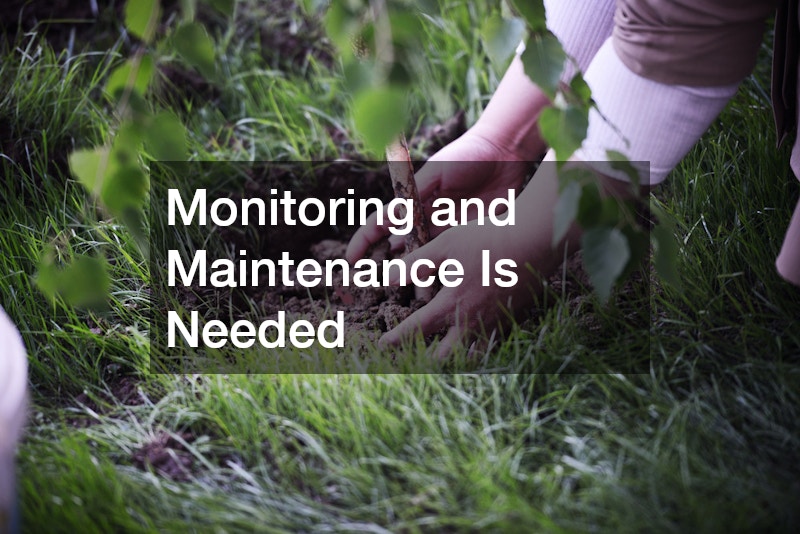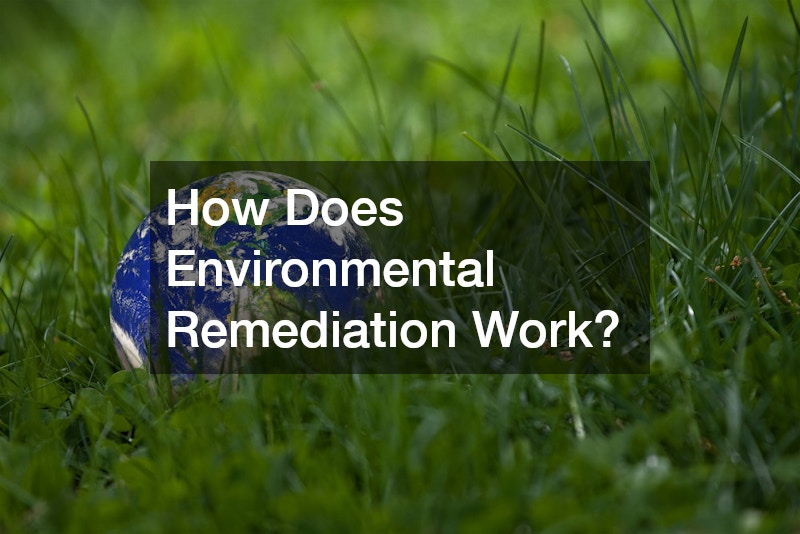
Environmental remediation is the process of removing pollutants or contaminants from the environment, specifically soil, groundwater, sediment, or surface water. These pollutants can come from various sources, such as industrial activity, chemical spills, and agricultural runoff. The goal of remediation is to restore these natural environments to safe conditions, protecting human health and ecosystems.
Identifying the Contaminants
The first step in environmental remediation is identifying the contaminants present in the affected area. Environmental experts perform site assessments and collect soil, water, and air samples to understand the extent and type of contamination.
These assessments help in selecting the appropriate remediation techniques, as different pollutants require different treatment approaches.
Choosing the Right Remediation Method
Once the type of contaminants has been identified, the next step is choosing the right remediation method. There are several remediation techniques available, including:
Excavation and Removal: Contaminated soil is dug up and removed from the site, usually transported to a facility where it can be treated or disposed of safely. This is often used when contamination is localized or in solid form.
Bioremediation: This technique uses microorganisms, such as bacteria and fungi, to break down harmful substances into less toxic forms. This method is effective for organic contaminants like oil or pesticides.
Pump and Treat: For contaminated groundwater, this method involves pumping the water to the surface and treating it through filtration systems to remove pollutants. Once treated, the clean water can be returned to the ground or another suitable location.
In-Situ Treatment: This method treats contamination directly in the ground without excavation. It includes techniques such as chemical oxidation or soil vapor extraction, where chemicals or other agents are introduced to neutralize or remove pollutants.
Phytoremediation: In this approach, certain plants are used to absorb contaminants through their roots. The plants are later harvested and disposed of. Phytoremediation is commonly used for heavy metals like lead or cadmium.
Monitoring and Maintenance
After remediation, monitoring is essential to ensure that the contamination levels are reduced and that the environment is returning to a safe state. Groundwater monitoring wells, soil tests, and air quality checks help track the progress of the cleanup. Sometimes, long-term maintenance is required to prevent contaminants from resurfacing, especially in cases of groundwater contamination.
Watch the video above to learn more about environmental remediation services in Houston, TX!.




